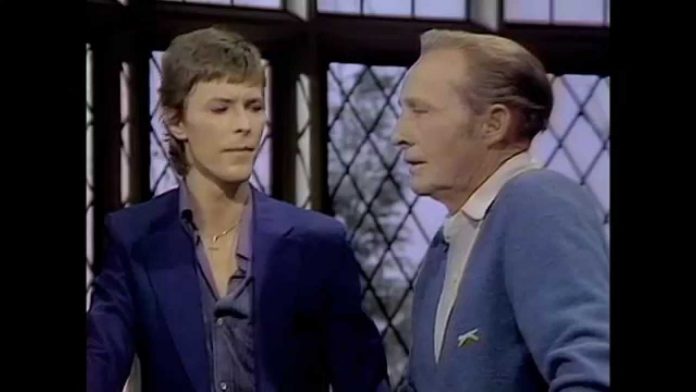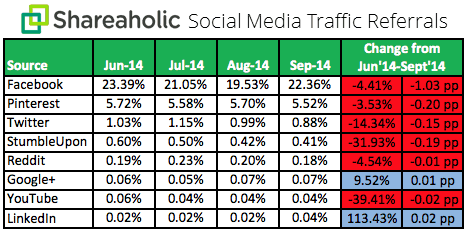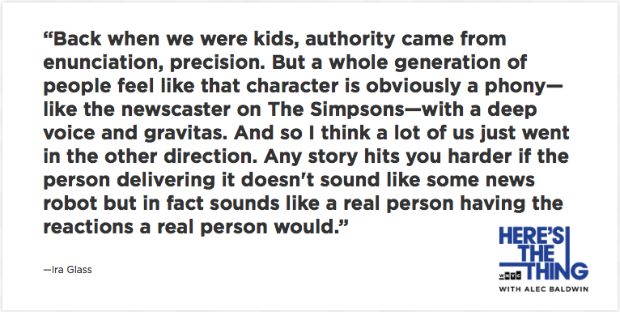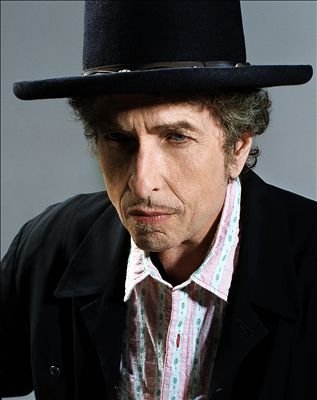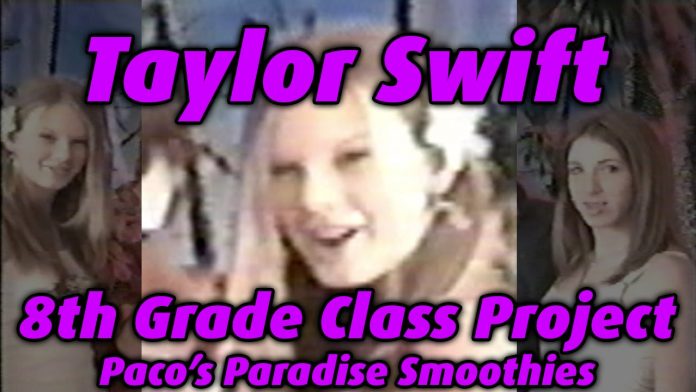From IFPI:
- Record companies’ total investment in A&R and marketing tops US$4.3 billion annually and more than US$20 billion over five years, according to IFPI’s Investing in Music report
- Labels’ investment in A&R and marketing up from 26 to 27 per cent of industry revenues over the last two years
- Report unveiled at ‘Friends of Music’ evening for MEPs in Strasbourg hosted by IFPI chairman Plácido Domingo
Record companies remain the engine room of the global music industry, investing US$4.3 billion annually in artists and repertoire (A&R) and marketing, according to a new report from IFPI on the changing face of the music business.
Labels remain the primary investors in artists, investing 27 per cent of their revenue in A&R and marketing, up from 26 per cent in 2011. Over the last five years it is estimated that record companies worldwide have invested more than US$20 billion in A&R and marketing.
More than 7,500 artists were signed to major labels’ rosters in 2013, with tens of thousands more on independent labels. One in five artists on labels’ rosters is a new signing, highlighting the role of fresh talent as the lifeblood of the industry.
Record companies invest a greater proportion of their global revenues in A&R than most other sectors do in research and development (R&D). Comparisons show music industry investment in A&R (16%) exceeding the R&D investment of industries including software and computing (9.9%) and the pharmaceutical and biology sector (14.4%) .
Investing in Music is published today by IFPI, representing the recording industry worldwide, in association with WIN, representing independent labels internationally. It is being launched at a ‘Friends of Music’ event for MEPs in Strasbourg hosted by IFPI and its chairman Plácido Domingo.
With fresh data and several case studies, the report outlines the evolving and enduring partnership between labels and artists in the digital world.
Frances Moore, chief executive of IFPI, says: “Investing in Music highlights the multi-billion dollar investment in artists made every year by major and independent record labels. It is estimated that the investment in A&R and marketing over the last five years has totalled more than US$20 billion. That is an impressive measure of the qualities that define the music industry, and which give it its unique value.”
Alison Wenham, chair of WIN, says: “Most artists who want to make a career from their music still seek a recording deal. They want to be introduced to the best producers, sound engineers and session musicians in the business. They need financial support and professional help to develop marketing and promotional campaigns.”
The report features data from record companies and case studies from around the world, including studies on Ed Sheeran, 5 Seconds of Summer, Lorde, MKTO, Negramaro, Nico & Vinz, Pharrell Williams and Wei Li-An.
Other highlights of the report include:
- The costs of breaking an artist in a major market remain substantial at between US$500,000 and US$2 million. The cost typically breaks down as payment of an advance (US$50,000-350,000), recording costs (US$150,000-500,000), video production costs (US$50,000-300,000), tour support (US$50,000-US$150,000) and marketing and promotional costs (US$200,000-700,000).
- Record companies invest in local talent and break them to a global audience. The recording industry is global in scale and exports artists internationally; but it heavily invests in local repertoire. In 12 of its leading markets, local repertoire accounts for more than 70 per cent of the sales of the top 10 albums.
- Live performance has not replaced recordings as the driver of the music industry.While record companies invest US$2.5 billion in A&R, there is little evidence of such substantial investment in new music coming from any other source. All of the five top grossing live tours of 2013 were by artists who first released albums nine or more years previously, with one group having recordings going back 50 years. Few artists can achieve a scalable, sustainable music career without producing recorded music.
- Unsigned artists want a record deal. Research conducted with the Unsigned Guide in the UK found 70 per cent of unsigned acts wanted a recording contract. The top drivers for wanting a recording contract are marketing and promotional support (76%), tour support (58%) and getting upfront financial support in the form of an advance (45%).
- Brand partnerships and synch deals have grown in importance. A recording deal unlocks a range of different revenue streams for artists and labels. These include a new generation of brand partnership and synchronisation deals, involving the use of recordings in TV, film, games and adverts.
GLOBAL A&R AND MARKETING INVESTMENT:
|
2013 |
| A&R |
US$2.5bn |
| A&R as % of revenues |
15.6% |
| Marketing |
US$1.8bn |
| Marketing as % of revenues |
11.4% |
| Total investment (A&R + marketing) |
US$4.3bn |
| Total investment as % of revenues |
27.0% |
| Total industry revenues |
US$16.1bn |
Source: IFPI. A&R spend includes advances, recording and origination, video costs, tour support and staff overheads. Marketing spend includes TV advertising, co-op marketing and online marketing/promotion.


